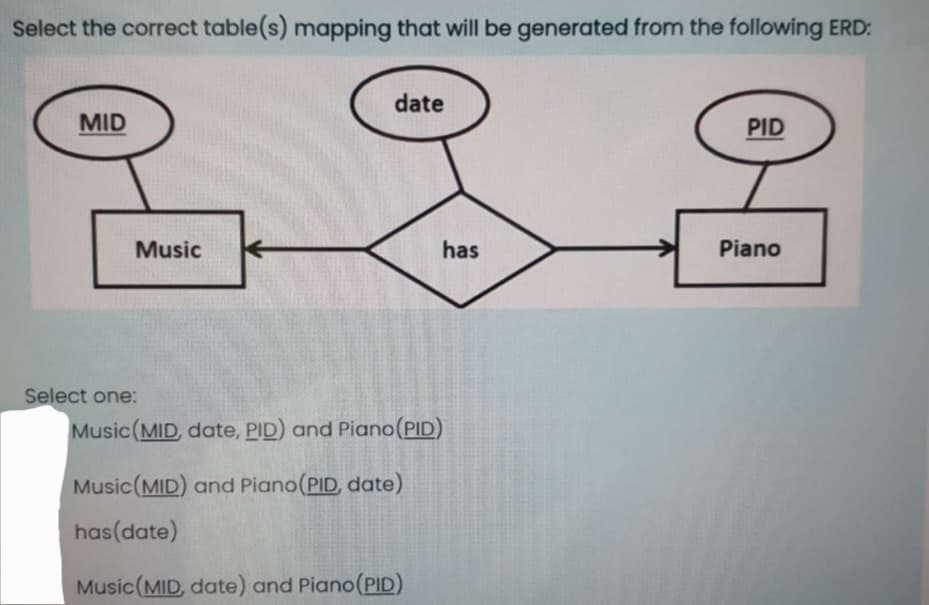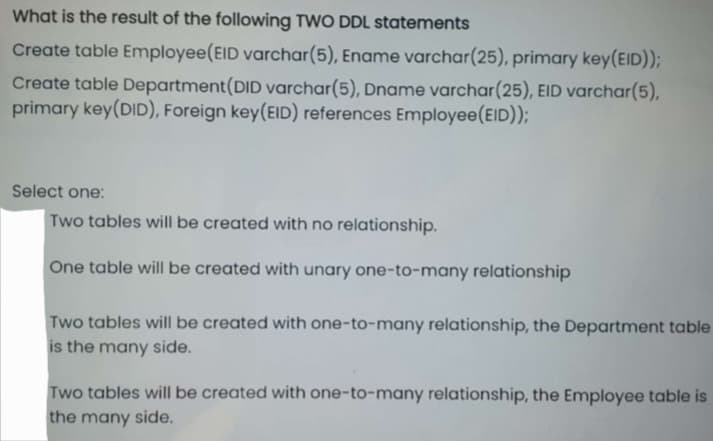Q1: All the following statements about weak and strong entity sets are True, Except: Select one: a. The weak entity set depends on the existence of the strong entity set b. PK of the strong entity set is not explicitly stored with the weak entity set c. An entity set that does not have a primary key is referred to as a weak entity set d. In ER-Diagram, the identifying relationship of a weak entity in represented as a double diamond e. The PK of the weak entity set is only formed by the primary key of the strong entity set Below are two pictures, each with a second and third question
Concepts in Designing Database
A database design is the process of data organization based on a database model. The process deals with identifying what data should be stored in a database and how data elements relate to each other.
Entity Relationship Diagram
Complex real-world applications call for large volumes of data. Therefore, it is necessary to build a great database to store data safely and coherently. The ER data model aids in the process of database design. It helps outline the structure of an organization’s database by understanding the real-world interactions of objects related to the data. For example, if a school is tasked to store student information, then analyzing the correlation between the students, subjects, and teachers would help identify how the data needs to be stored.
Q1:
All the following statements about weak and strong entity sets are True, Except:
Select one:
a. The weak entity set depends on the existence of the strong entity set
b. PK of the strong entity set is not explicitly stored with the weak entity set
c. An entity set that does not have a primary key is referred to as a weak entity set
d. In ER-Diagram, the identifying relationship of a weak entity in represented as a double
diamond
e. The PK of the weak entity set is only formed by the primary key of the strong entity set
Below are two pictures, each with a second and third question


Step by step
Solved in 2 steps




